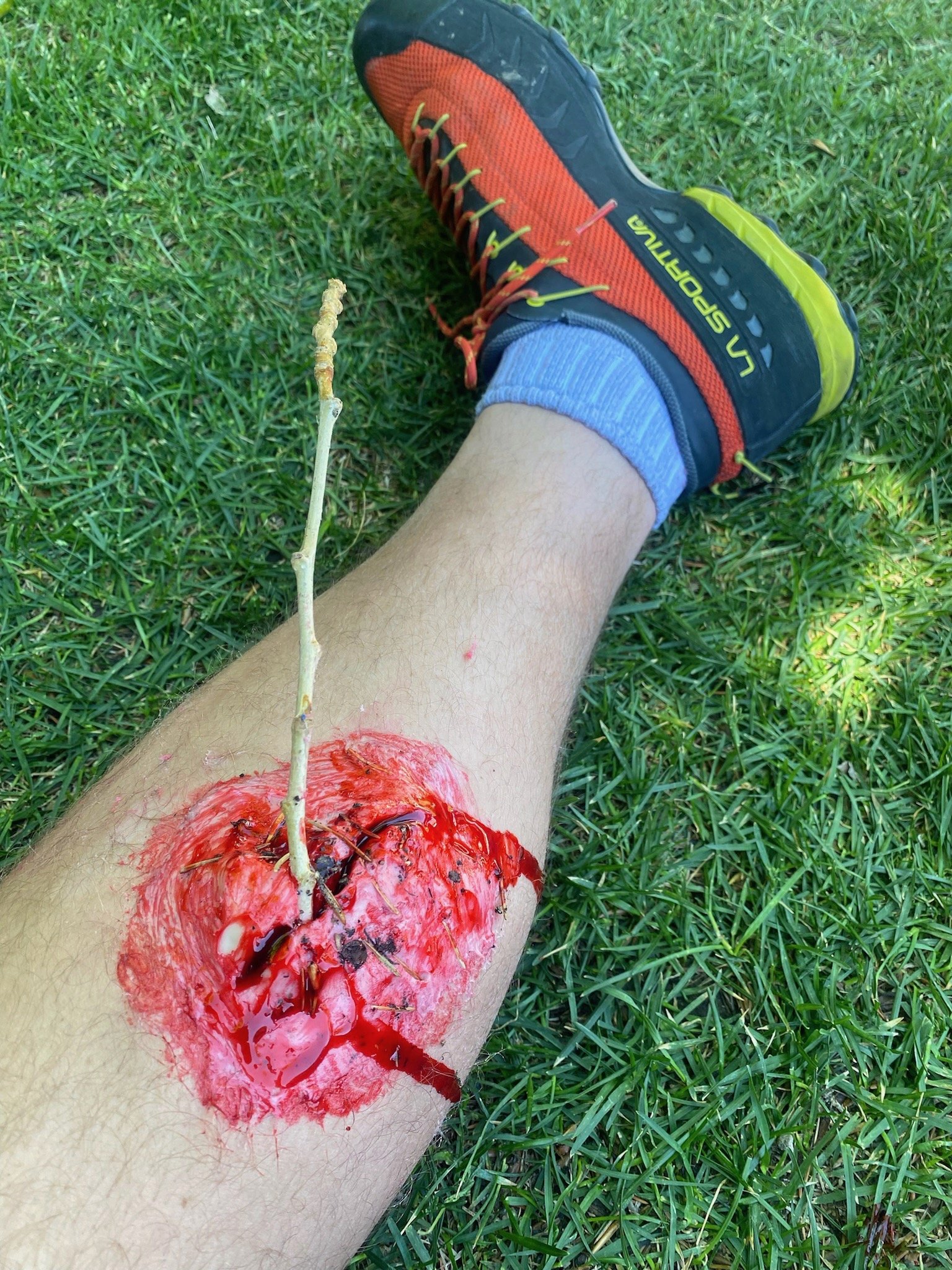First Aid Training for Outdoor and Wildlife Photographers
Photography in remote locations
One of the most amazing aspects of photographing wildlife and scenic landscapes are the incredible locations they take you to. Often these locations are remote and off the beaten track and often done solo or in small groups. As a photographer your primary focus is getting a great shot and this makes it easy to get hurt during a moment of exciting action and focus.
Risks of photographing in the outdoors
Traveling in the outdoors exposes you to a gamut of risks and this is what makes traveling in these places so exciting and rewarding. Being prepared for these risks, falls on the shoulders of the photographer. The Photo Society surveyed 45 National Geographic photographers and some of the injuries sustained while photographing in the outdoors included:
Severe Bleeding
Hypothermia
Broken Bones
Dehydration
Dislocations
Burns
Wound infection
Animal attacks and envenomations
Frostbite
First aid with a wilderness emphasis
Would you know what to do if you or someone you came upon sustained a serious injury that was difficult or impossible to self evacuate? Having the ability to treat yourself and others, improvising with limited resources is what you will take away from a Wilderness First Aid (WFA) or Wilderness First Responder (WFR) course. First aid skills are very perishable and best practices are constantly being updated, making it important to refresh your skills frequently. Carrying first aid supplies is a good idea when traveling on backroads and on and off trail. But supplies can only get you so far, having the knowledge of how to use them in an emergency is as, if not more important. Building a splint with your tripod, converting a camera strap to a sling, and preventing minor injuries from getting worse can all be learned in a WFA or WFR class. We recommend that outdoor and wildlife photographers take either a WFA or WFR. The WFA course provides two days of instruction and is a great introduction to first aid in remote locations. The 80 hour WFR is a much deeper dive into taking care of injuries and accidents and is taught over 5-10 days. Both courses include classroom, hands-on training, and scenarios.
Emergency communications plan when in the backcountry
Having a solid plan for communicating an emergency is important. Cell phones work in many locations but not everywhere. A satellite communication device that provides two way communication such as a Garmin Inreach or Zoleo can fill in the gaps in cell coverage. In addition to providing your location these devices provide you a way to let others know the nature of your injury and the urgency that you need help. This can be very helpful to both those responding to your emergency and to you in knowing that help is on the way.
Initial emergency care ultimately falls to you
Even in the best situations it will take time for outside emergency help to get to your location in the backcountry. If you enjoy getting away from everyone while shooting photos you should be prepared by carrying essential first aid supplies and a communication device to summon help when needed. Most importantly you should seek out wilderness medicine training to practice and learn new skills so you can respond well if or when you have an accident outdoors.



